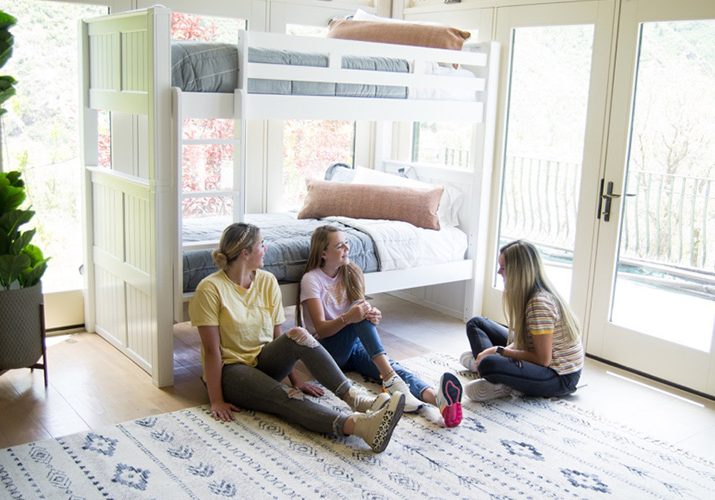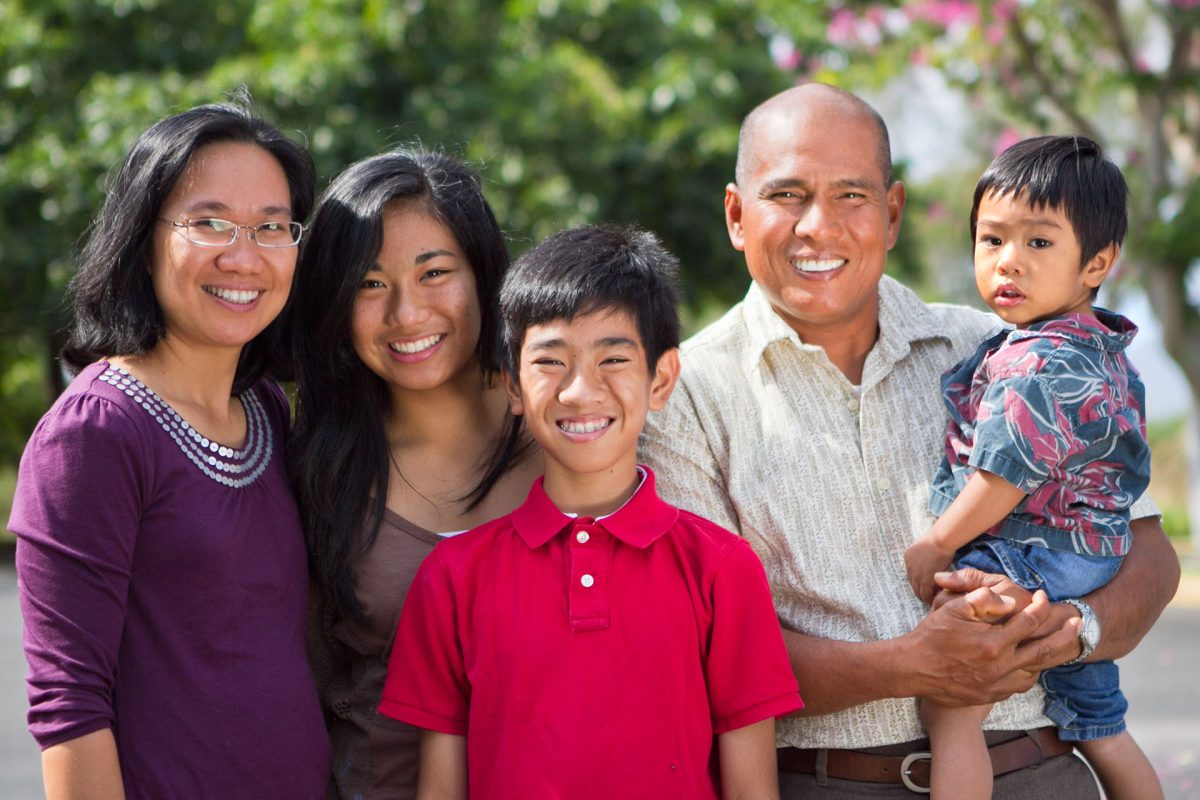Obsessive-Compulsive Disorder (OCD) in Kids, Adolescents, Teens, and Young Adults
Obsessive-compulsive disorder, or OCD in adolescents, teens, and young adults can be a serious issue, as it can lead to poor academic performance, low self-esteem, and problematic relationships with family and friends.
According to the International OCD Foundation, 1 in 200 children and teenagers — roughly 500,000 young people in the United States — are estimated to have the disorder, which affects all genders, races, ethnicities, and backgrounds. Because of this, knowing the signs of OCD in teens and young people and understanding the obsessive-compulsive treatment options that are available is important.
What Is Obsessive-Compulsive Disorder?
Obsessive-compulsive disorder is a mental health condition involving obsessive thoughts and compulsive behaviors that interfere with many areas of life for children, adolescents, teens, and young adults, including school, work, and relationships. Is OCD an anxiety disorder? It’s not, although it used to be classified that way because obsessive thoughts can cause anxiety.
OCD is also not the same as obsessive-compulsive personality disorder, or OCPD. While children, adolescents, teens, and young adults with both disorders can overly focus on details, rules, and rituals, OCPD is driven by certain personality traits, while OCD is driven by obsessive thoughts and compulsive actions.

Signs and Symptoms of OCD in Kids, Adolescents, Teens, and Young Adults
Signs of OCD in teens and other young people can appear gradually. There are two main types of obsessive-compulsive disorder symptoms: obsessions and compulsions.
Types of OCD in Adolescents, Teens, and Young Adults
There are several types of OCD that kids, adolescents, teens, and young adults could experience. Below are some of the most common ones.
OCD Treatment Testimonials

OCD Treatment for Adolescents, Teens, and Young Adults
If your child, adolescent, teen, or young adult needs OCD help, Embark Behavioral Health will soon offer effective obsessive-compulsive disorder treatment at our outpatient clinics, residential treatment centers, and virtual intensive outpatient program (IOP). This treatment can play a critical role in their healing journey.
Treatment settings
Embark will offer multiple treatment settings for obsessive-compulsive disorder, making our OCD therapy convenient for kids, adolescents, teens, young adults, and their families. Treatment settings include family, group, and individual therapy sessions.
Therapies
Children, adolescents, teens, and young adults receiving treatment at Embark can benefit from two types of therapy for OCD.

Attachment-focused therapy
Attachment-focused therapy is a relational treatment approach that promotes establishing safe, secure, nurturing relationships that help youths and young adults regulate their emotions. It sets the foundation for treating OCD because it addresses anxiety, which can cause obsessive-compulsive disorder.

Exposure and response prevention (ERP) therapy
Exposure and response prevention (ERP) therapy is an evidenced-based therapeutic approach that helps youths and young adults who have OCD by exposing them to situations that trigger their obsessions and teaching them how to avoid using compulsions. Embark uses ERP therapy for severe cases of obsessive-compulsive disorder.
Adolescent, Teen, and Young Adult Treatment programs for OCD
Embark has multiple treatment programs that provide effective OCD treatment for children, adolescents, teens, and young adults across the United States. Options include Embark Virtual IOP, outpatient clinics, and residential treatment centers.

Virtual IOP
Virtual IOPs can provide online OCD therapy for children, adolescents, teens, and young adults through our secure patient portal. Highly trained therapists offer ERP therapy as part of this program, which includes family, group, and individual therapy sessions.

Outpatient treatment
Kids, adolescents, teens, and young adults can receive outpatient treatment for OCD at outpatient clinics. Young people live at home when not attending family, group, and individual therapy sessions.
For adolescents and teens struggling with OCD in the California area, take a look at our specialized OCD outpatient treatment program coming soon to Woodland Hills, CA.

Residential treatment
Adolescents, teens, and young adults can receive residential treatment for OCD at residential treatment centers. These homelike centers provide 24-hour care and offer family, group, and individual therapy sessions.
Recent Blogs & Tips
Your healing journey starts here.
Contact Embark Behavioral Health to learn more about how we treat mental health challenges in adolescents, teens, and young adults today.












